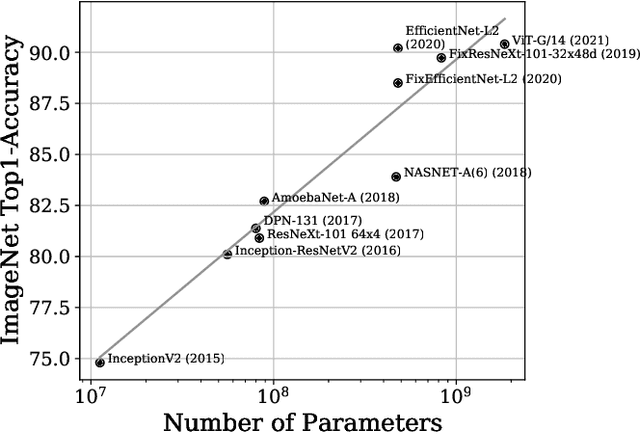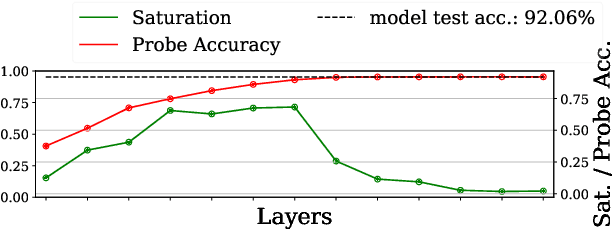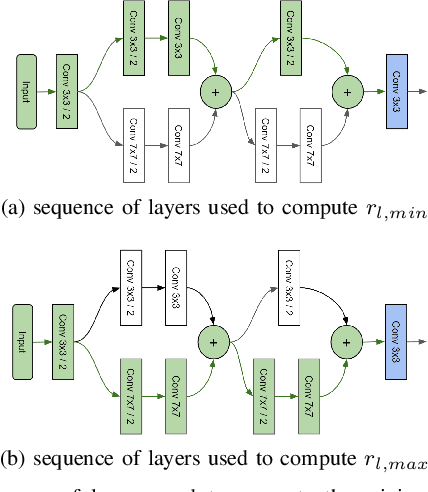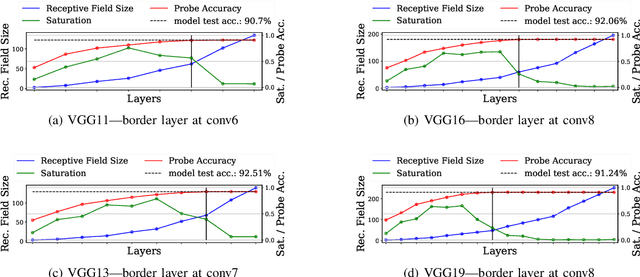Should You Go Deeper? Optimizing Convolutional Neural Network Architectures without Training by Receptive Field Analysis
Paper and Code
Jun 23, 2021



Applying artificial neural networks (ANN) to specific tasks, researchers, programmers, and other specialists usually overshot the number of convolutional layers in their designs. By implication, these ANNs hold too many parameters, which needed unnecessarily trained without impacting the result. The features, a convolutional layer can process, are strictly limited by its receptive field. By layer-wise analyzing the expansion of the receptive fields, we can reliably predict sequences of layers that will not contribute qualitatively to the inference in thegiven ANN architecture. Based on these analyses, we propose design strategies to resolve these inefficiencies, optimizing the explainability and the computational performance of ANNs. Since neither the strategies nor the analysis requires training of the actual model, these insights allow for a very efficient design process of ANNs architectures which might be automated in the future.
 Add to Chrome
Add to Chrome Add to Firefox
Add to Firefox Add to Edge
Add to Edge